Foie gras, truffles, and caviar, these three tantalizing delicacies represent the pinnacle of culinary indulgence in haute cuisine. The process of crafting these delicacies is lavish, exquisite, intricate, and ingenious. From the discovery of geese's livers to the hidden truffles beneath the earth's surface, and the meticulous production of caviar, these gastronomic delights embody skilled craftsmanship and carry unique cultural significance. Let GGB take you on a deep exploration of gastronomy, unveil the mysteries behind these delicacies, and savor the distinctive allure of these top-tier gourmet pleasures.
The Irresistible Delicacy: Foie Gras
Foie gras (French for "fat liver") is a beloved delicacy. In fact, the term foie gras originally referred to "the liver of all birds in the Anatidae family". According to French law, foie gras specifically refers to "fatty liver made from the livers of geese and ducks". While goose liver has traditionally been used to produce foie gras, the majority of foie gras nowadays is made from duck liver due to cost considerations. In 2014, 97% of France's foie gras was derived from duck liver.
Foie gras is an exquisite delicacy that is considered a luxury ingredient and is highly favored by gastronomes worldwide for its rich texture and unique flavor. As early as the 25th century BC in ancient Egypt, people observed that wild geese would consume large amounts of food before migration, preparing themselves for the long flight, resulting in enlarged and more delicious livers. The tradition of fattened goose liver spread from Egypt to Rome, where the Romans presented figs with goose liver to Emperor Caesar, who then considered it a culinary masterpiece. Subsequently, it made its way to France, where people began preparing foie gras as meat jelly and meat sauce and enjoying it with French bread. When foie gras was presented to King Louis XV as a tribute, its fame skyrocketed.
Foie gras is typically a gourmet dish, commonly found in upscale restaurants, at culinary festivals, and on special occasions. In French cuisine, it is considered an appetizer, while in other cultures, it can be served as a main course or served with other ingredients. The richness of fatty liver and its smooth texture make it a highly luxurious delicacy that complements well with ingredients like wine.
The Hidden Treasure Underground: Truffles
Truffles are hailed as the "black diamonds" of the underground, renowned for their intense aroma and unique flavor. They are among the most expensive and highly sought-after ingredients in the world, frequently used in exquisite delicacies. With over a hundred different varieties, only a dozen or so are actually edible, with the prized Italian white truffle (Tartufo Bianco) and French black truffle (Tuber Brumale) being particularly desirable.
Related: Truffles - Diamonds in the Kitchen
Truffles are a type of fungi that grow under the ground, like mushrooms and porcini. They thrive near the roots of trees such as oak, hazelnut, and pine, relying on specific climatic and soil conditions for their growth. Due to the fact that truffles cannot be artificially grown, they are extremely rare. In the past, truffles were peeled to remove the outer layer, but nowadays, they are often finely ground to avoid wastage and fully infuse their distinctive flavor into dishes.
Harvesting truffles requires specialized knowledge, experience, skills, and a bit of luck. Traditionally, people trained dogs and pigs to search for truffles buried underground. Their keen sense of smell can detect the distinctive aroma of truffles, guiding harvesters to their location. Female pigs, in particular, have the most sensitive sense of smell as the scent of truffles is similar to the substances that trigger their sexual instincts, allowing them to locate truffles without any training. However, the challenge with using pigs is preventing them from consuming the truffles directly. Moreover, when pigs use their snouts to dig the soil, they can damage the mycelium of the truffles, leading to reduced yields in the following year and impacting the sustainability and ecological environment of truffle cultivation. Dogs, on the other hand, require training to recognize the specific scent of truffles but are easier to control and respond to their handlers' commands. Nowadays, truffle detectors have been invented, which can detect the scent of truffles underground, simplifying the harvesting process.
Whether in a home kitchen or a high-end restaurant, people go to great lengths to incorporate the unique flavor of truffles into dishes, ranging from french fries and sauces to pasta, risotto, and steak. Truffles can also be added to a variety of dishes such as soups, salads, sandwiches, and desserts. Numerous food enthusiasts and renowned chefs alike strive to utilize truffles to pursue an unparalleled gustatory experience.
The Exquisite High-End Ingredient: Caviar
Caviar is a precious ingredient made from the roe of fish. It is regarded as one of the "must-try delicacies" and holds a prestigious status in the world of cuisine. Caviar carries a rich flavor profile with a delicate texture. Almost all types of fish roe can be made into caviar, but the most common varieties come from sturgeon, trout, and herring. Strictly speaking, only the roe from the sturgeon qualifies as true caviar. Among them, Beluga caviar, Osetra caviar, and Sevruga caviar are considered the finest, primarily sourced from Russia and Iran. The harvesting period for Beluga caviar spans at least 18 years, while Osetra caviar requires 9 years, making these two varieties particularly expensive and in high demand.
Fish roe collection is an incredibly delicate process. It requires special techniques to extract the roe from the fish during its maturation period, demanding high levels of skill and experience to ensure the integrity and freshness of the roe. Once extracted, the fish roe undergoes meticulous cleaning to remove any residual gelatin, fat, or other impurities. It then goes through a series of processes, including salting, marinating, and sieving. Finally, it is sealed and stored at low temperatures in jars to preserve the caviar's optimal quality.
Caviar is considered a premium delicacy among luxury foods, adding unique flavors and layers to dishes. To avoid overshadowing caviar's fresh taste, it is always with simple ingredients. The pop of fish roe should be the highlight of this delicacy, which is why it is commonly used as an appetizer. It can be enjoyed on toast, pasta, salads, and seafood dishes, and can also be served on its own. When tasting caviar, it is important to avoid using metal spoons as they can oxidize and affect the taste of the fish roe. The ideal choice is a special spoon made of pearls or fish bone, but plastic, ceramic, or wooden spoons also work.
Known for its rich textures, rare flavors, and endless possibilities of exploration, these foods have a long history and exquisite craftsmanship. They have conquered the taste buds of countless food enthusiasts and become a symbol of seeking the ultimate culinary experience.
Over the years, Give Gift Boutique has been dedicated to providing excellent gift-giving services to every customer. We select a variety of delicacies from both East and West to satisfy our customers' need for high-end gifts. We patiently listen to their ideas, and provide customization services based on specific budgets and requirements. Our goal is to ensure that the gifts not only meet the requirements but also create extraordinary surprises for the recipients, offering our customers unparalleled gift-giving experiences.
This is a Hong Kong GGB original 'Foie Gras, Truffles, and Caviar: The Ultimate Luxury of Foods' blogpost.
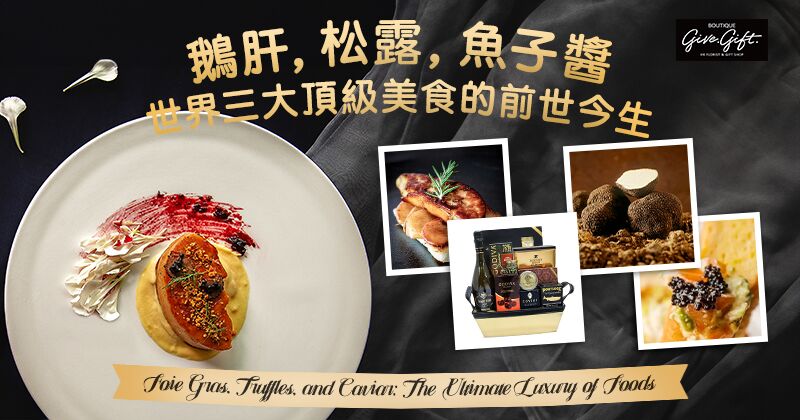




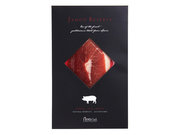






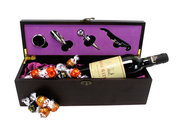

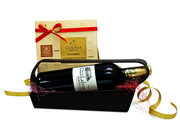
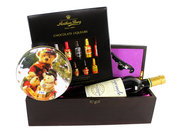


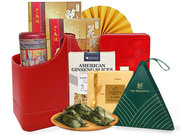
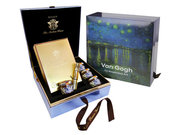
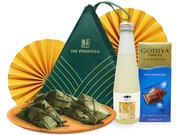





 Share
Share Tweet
Tweet +1
+1  Pin it
Pin it Post
Post  Weibo
Weibo Review
Review






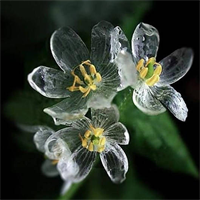
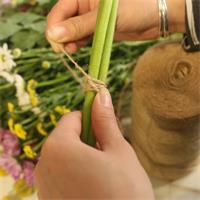











 Diwali Gifts
Diwali Gifts 
 ▶
▶